Just think about this for a second; you’re driving along, singing your heart out to the radio, when suddenly the car starts spluttering. The dashboard lights up, the engine groans, and, just like that, your journey comes to an abrupt halt. A breakdown. It’s the kind of thing that can turn a good day sour in an instant (and this will most likely mess up your finances big time too).
But once the frustration subsides (or at least simmers), the most important thing is making sure you and your car stay safe while waiting for help. Now, most people think about their safety. Yes, you should think of yours, but sometimes, a car stays stranded for days on the side of the road, and it’s just a horrible idea.
Sure, breakdowns can happen to anyone, anywhere. It doesn’t matter where, like a country lane, a busy motorway, or the middle of a busy city (like London), but knowing how to handle the situation calmly and securely can make all the difference. So, with all of that said, here’s what to do to keep your car, and yourself, safe until help arrives.
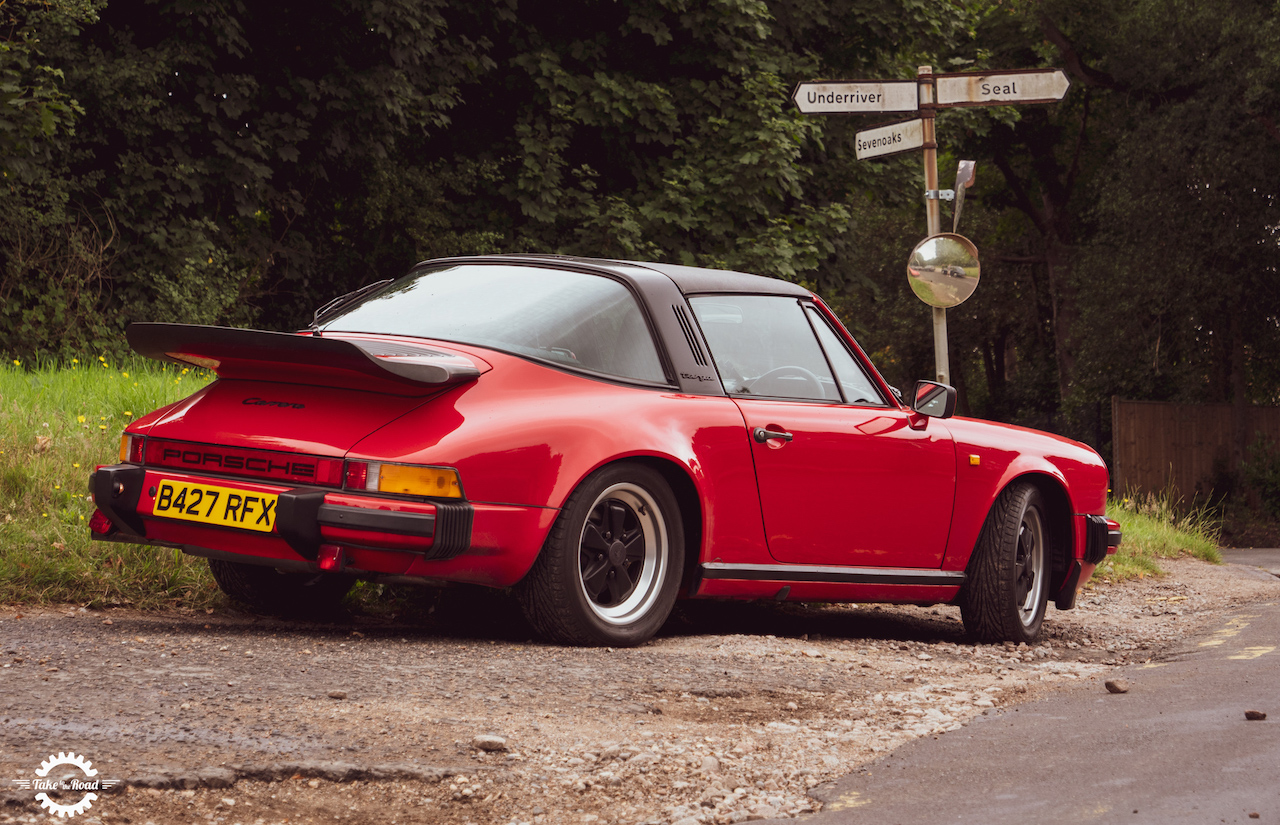
Get to a Safe Spot
Okay, so the first rule of a breakdown: get out of the way of traffic. If you’re on a motorway, aim for the hard shoulder or an emergency refuge area. On smaller roads, pull over as far as possible, ideally onto a verge or layby. So, the goal is simple: keep your car from obstructing traffic and reduce the risk of an accident.
If the car decides to give up in the middle of the road, turn on your hazard lights immediately. You have to do this because it signals to other drivers that your car isn’t going anywhere. Sure, you’re still going to have people behind you who don’t care and will honk. but just ignore them because you’re obeying the law. And if it’s safe to do so, push the car to a safer spot, but only if you have help and the road is clear. No one needs an impromptu Frogger situation.
You’ll Have to Make Yourself Visible
Visibility is the name of the game when it comes to breakdown safety. Now, no matter what time it is, hazard lights are your best friend here, switch them on as soon as the car starts acting up and keep them on until help arrives.
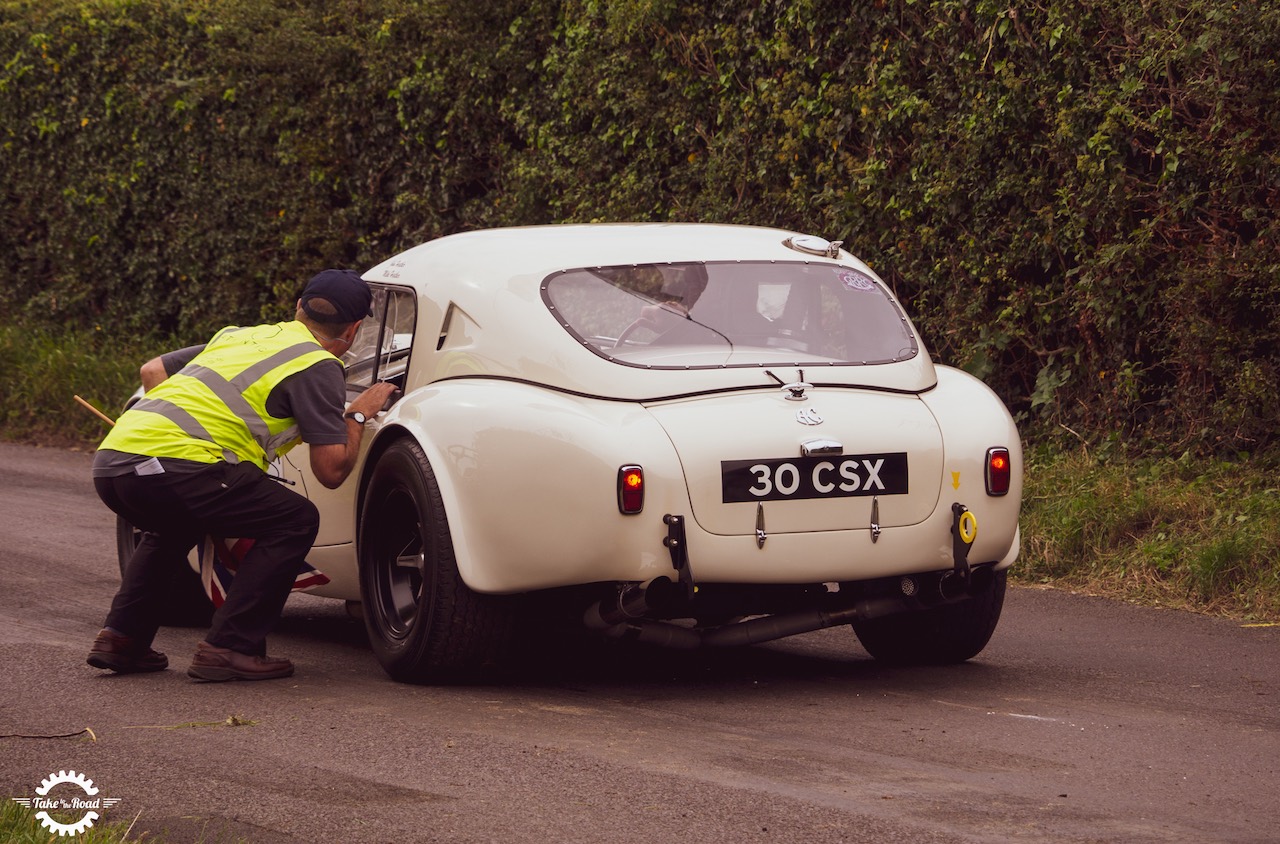
If you’ve broken down in low light, heavy rain, or fog, visibility becomes even more important (all of this is not ideal, but it happens). Be sure to use any high-visibility gear you have, like reflective jackets, and place a warning triangle around 45 metres behind your car (or further, if you’re on a fast-moving road). This gives oncoming traffic enough time to slow down and avoid your vehicle.
Lock Up and Stay Vigilant
Now, this one is absolutely horrible to think about, but yeah, it’s definitely true. So, breakdowns don’t just leave you vulnerable to traffic, they can also attract the wrong kind of attention. As scary as it is, you need to stay vigilant (especially if you’re a woman). So, if you’re stepping away from the car, make sure to lock the doors and hide any valuables out of sight (including your purse).
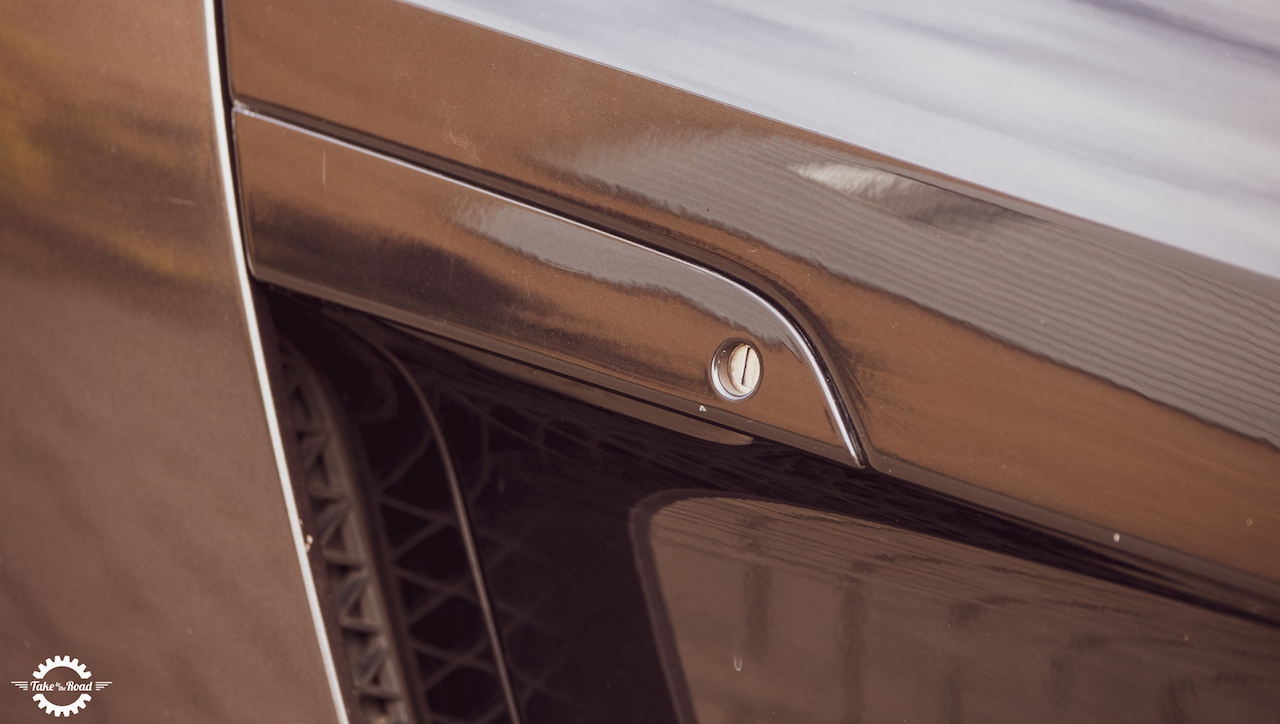
It happens more than you might think, but opportunistic thieves can spot a vulnerable situation a mile away, and a stranded car can be an easy target. They might even pretend to help, but they won’t. So, if you’re in an unfamiliar or poorly lit area, stay alert to your surroundings. Seriosuly, trust your instincts.
Call for Help
Once the immediate safety measures are sorted, it’s time to get professional assistance. Now, this is something you should have ideally researched and looked into far in advance, so in case you did, well, props to you, and researching a reliable car recovery service is less stressful.
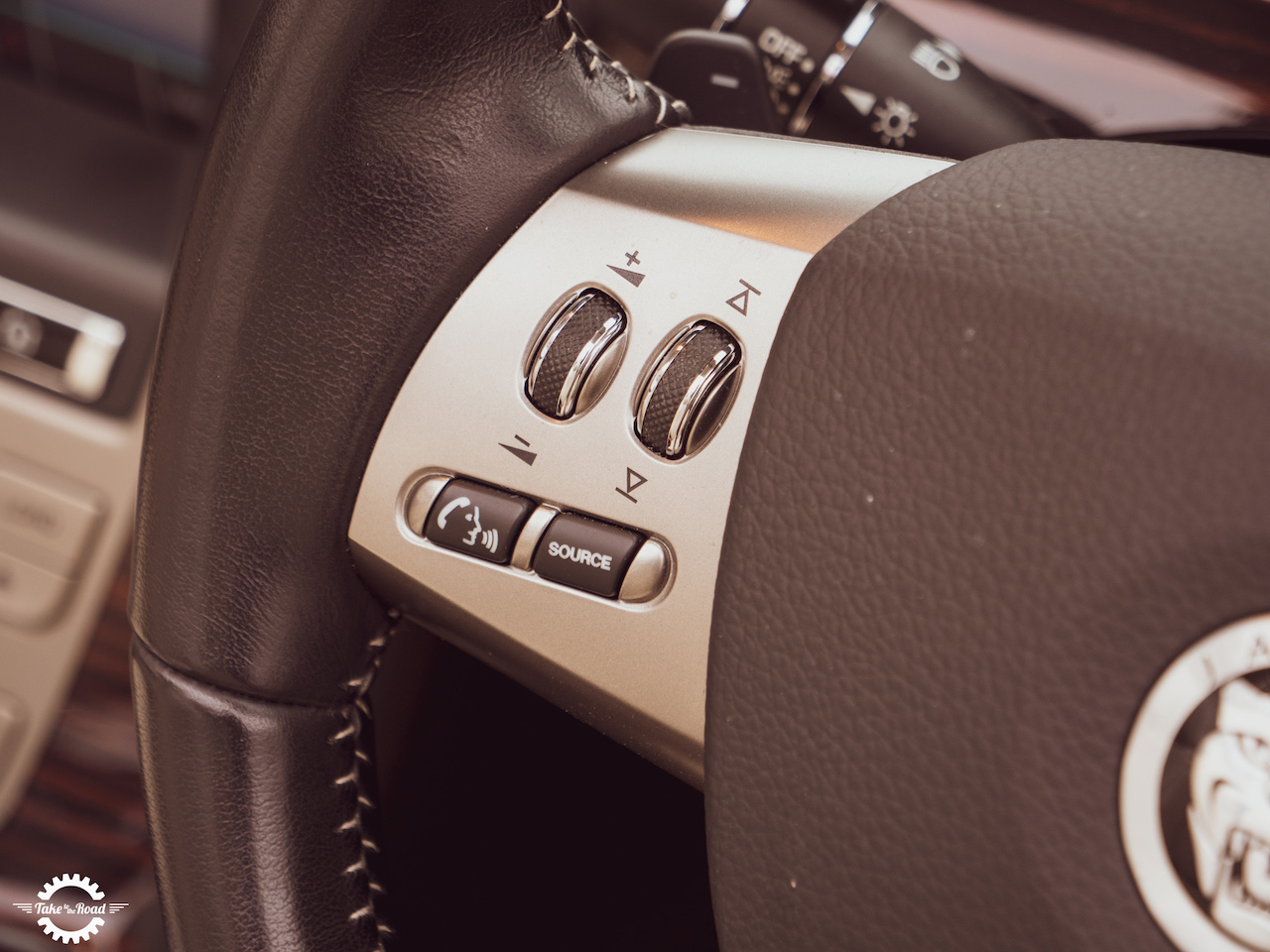
But when you’re stranded, well, you’ll need to do whatever you can (and sometimes that means not being able to research at all). You can count on them to tow your car to a secure location, like a nearby garage, or even your driveway. But yeah, it’s a lot less stressful.
Resist the Urge to DIY
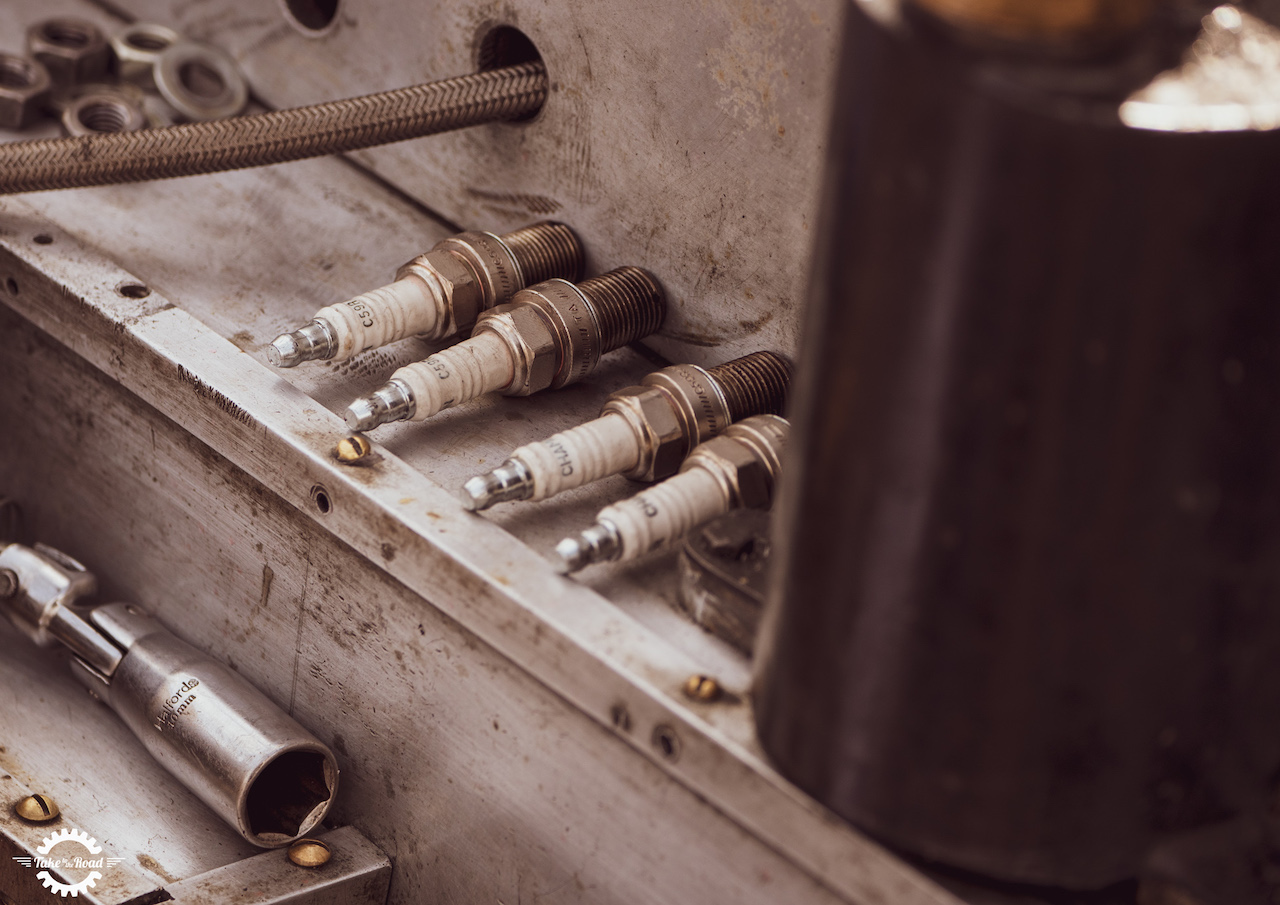
It might be tempting to pop the bonnet and start tinkering, but roadside repairs aren’t always a good idea. Unless the issue is minor (like a flat tyre) and you’re confident you know what you’re doing, leave it to the experts. Plus, it’s hazardous being out there, because you never know what could happen to you.
This is a Take to the Road Collaborated Post












